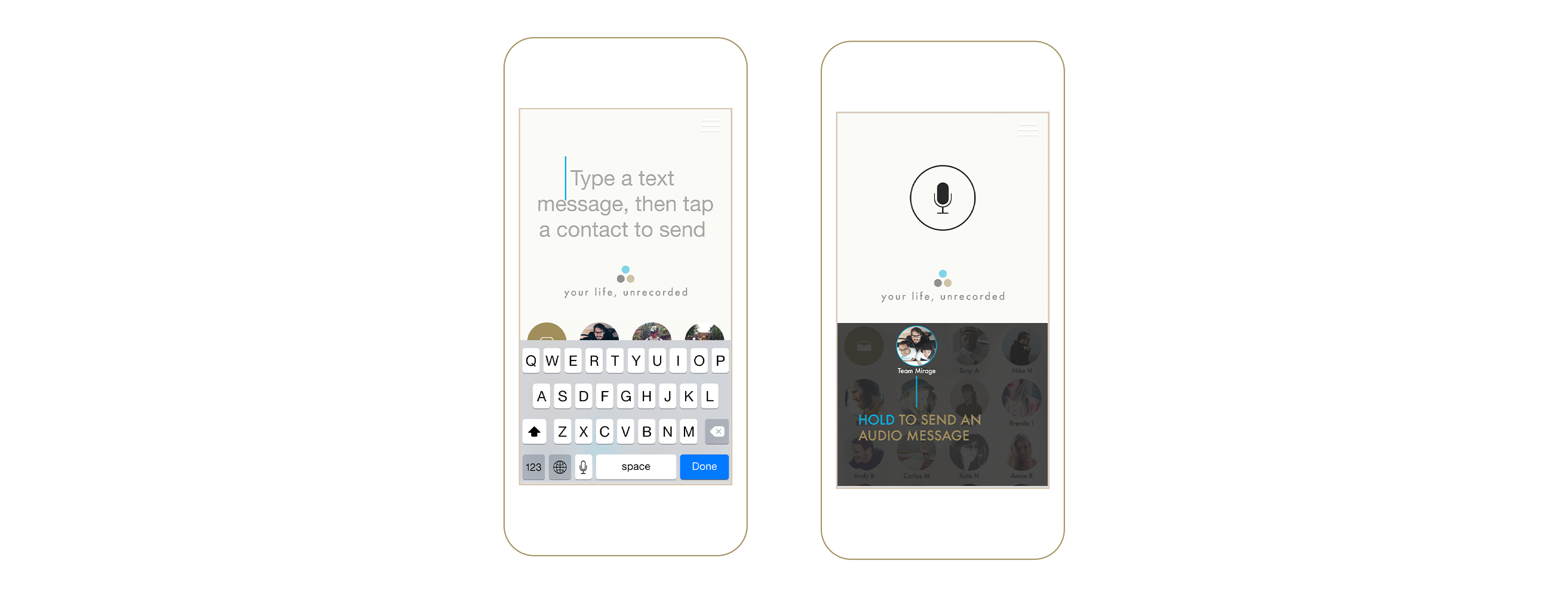Mirage app —
Mirage was a camera app that let you send disappearing photo and video messages in a tap, eliminating the friction of communication. It was sort of a cross between Snapchat and TapTalk. We felt there was an opportunity to get something out there quickly, as it was only a recent realization that Snapchat had uncovered an important space. I owned the product design end to end and helped with other roles as we rushed to get this out the door. ⟶ → Press: Business insider ⟶ → Adobe design achievement awards 2015 semifinalist. ⟶ → Year 2014
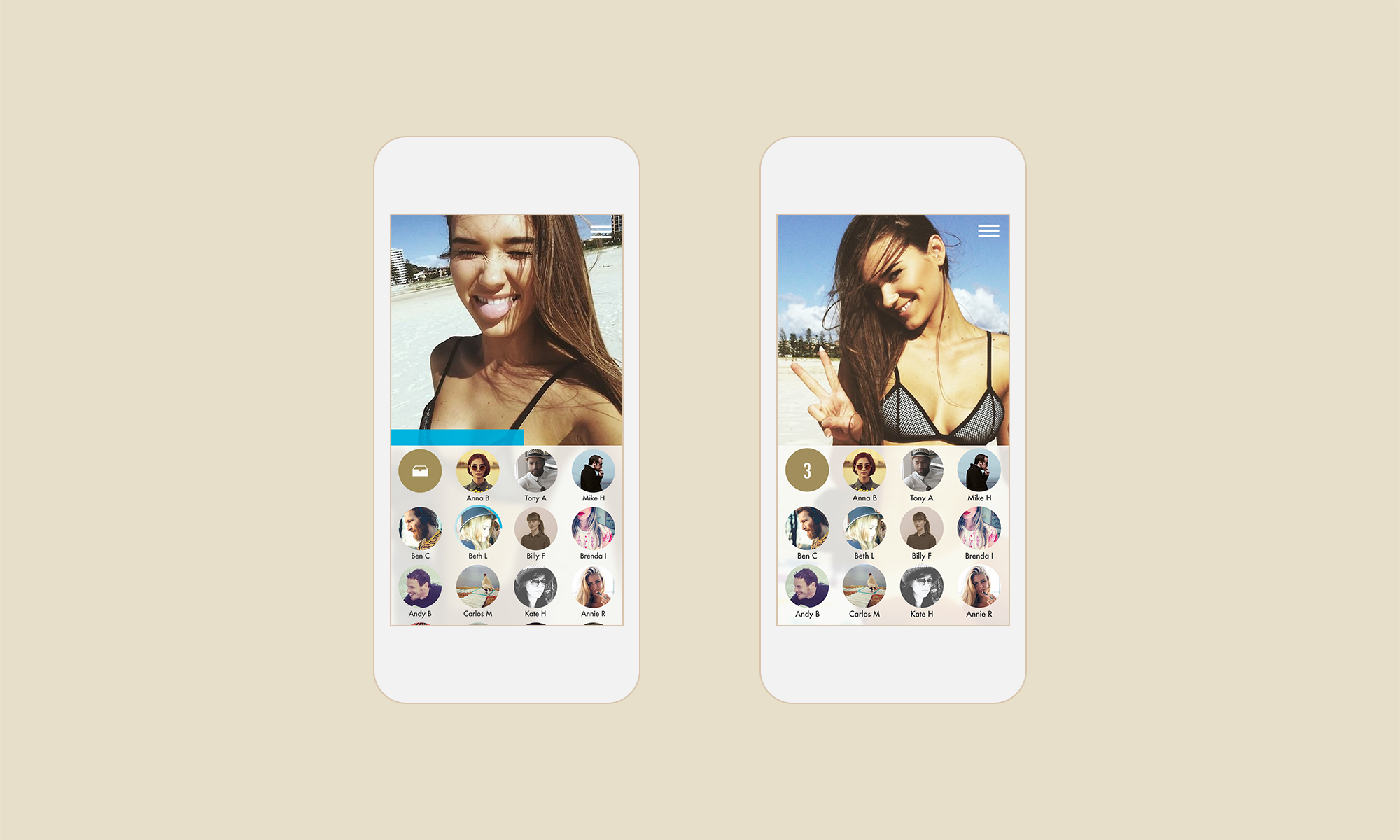
Message sending and viewing — the above shows the camera already open on load. All of a users contacts are there for a one tap send. Below - messages are viewed once and then they are gone…
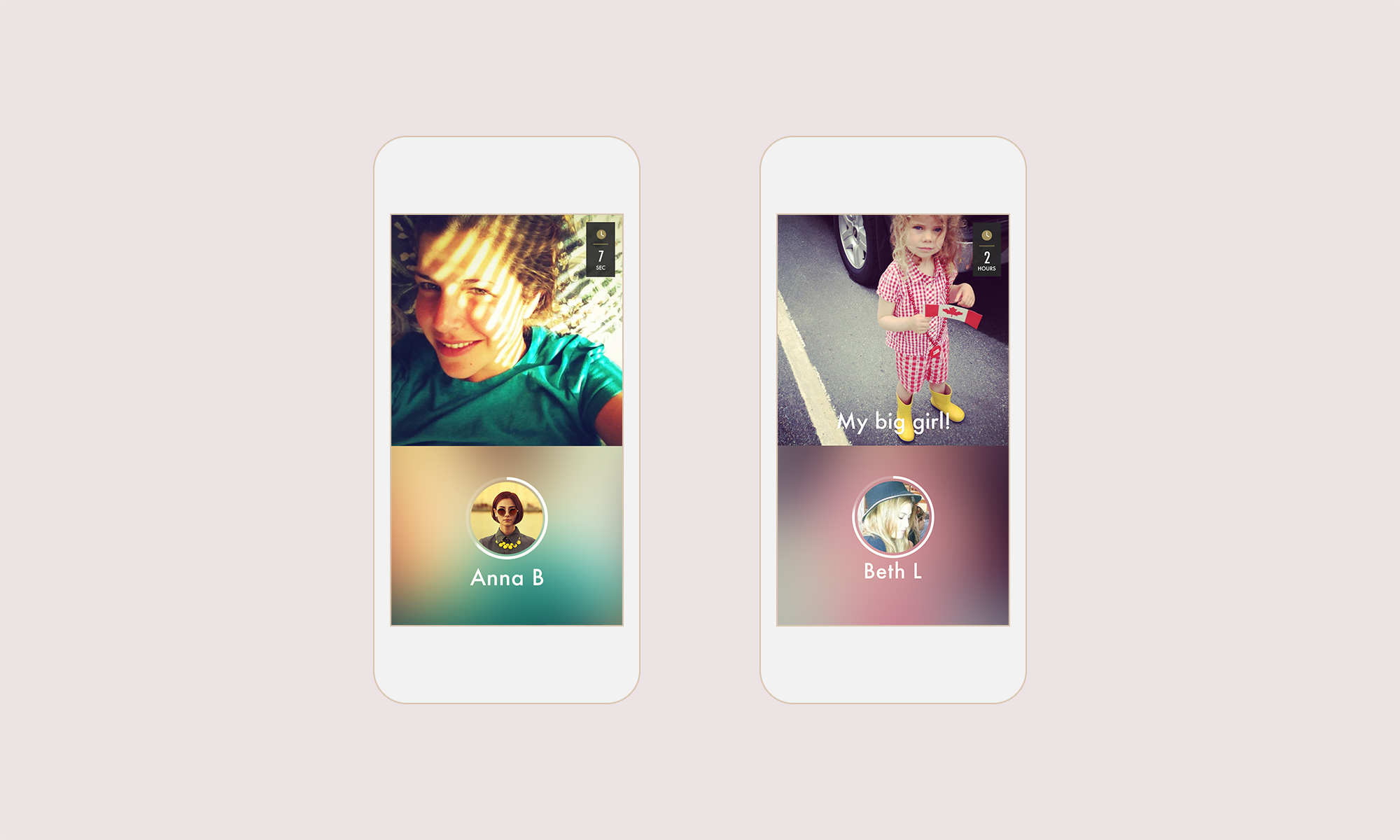
Inbox — the first bubble is the count and entry-point of received messages. We wanted to make the app as minimal and quick as possible, in contrast to how clunky Snapchat was at the time.
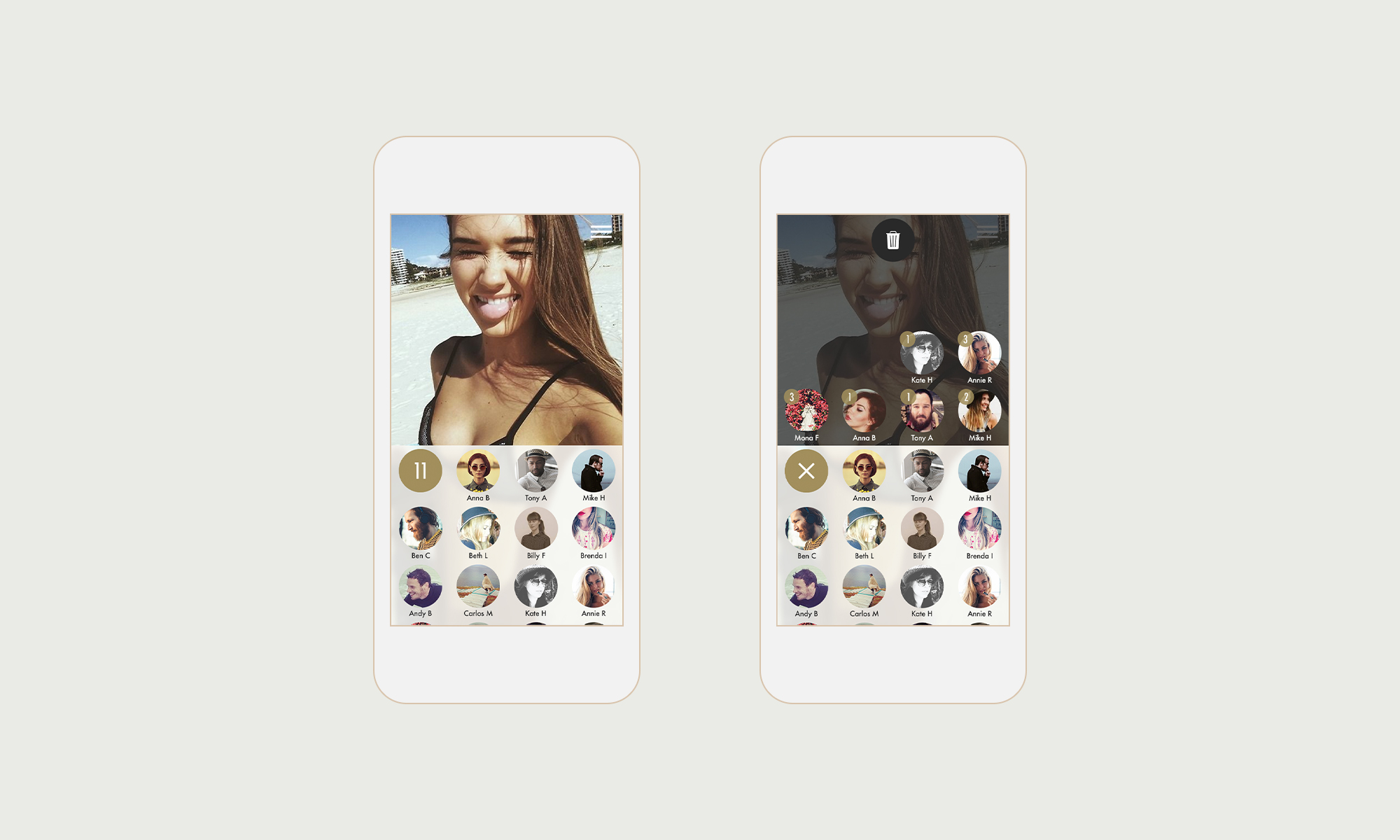
Contacts — to avoid having the app feel like a ghost town on first open, we let users send photos and videos to any contact in their phone.
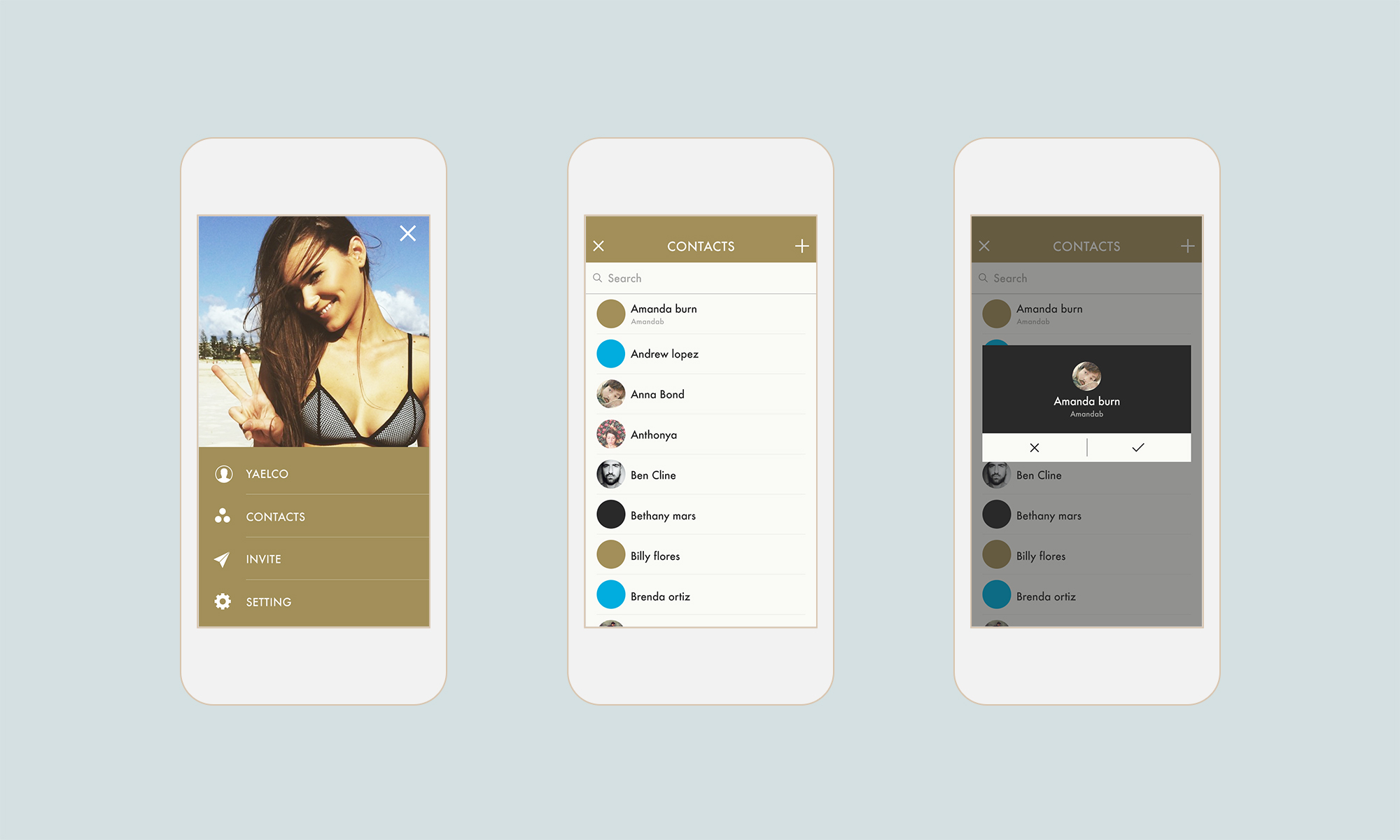
Contacts without the Mirage app are instead sent a text message with the link to the sent photo or video, which can then be viewed through a mobile browser without signing up for Mirage.
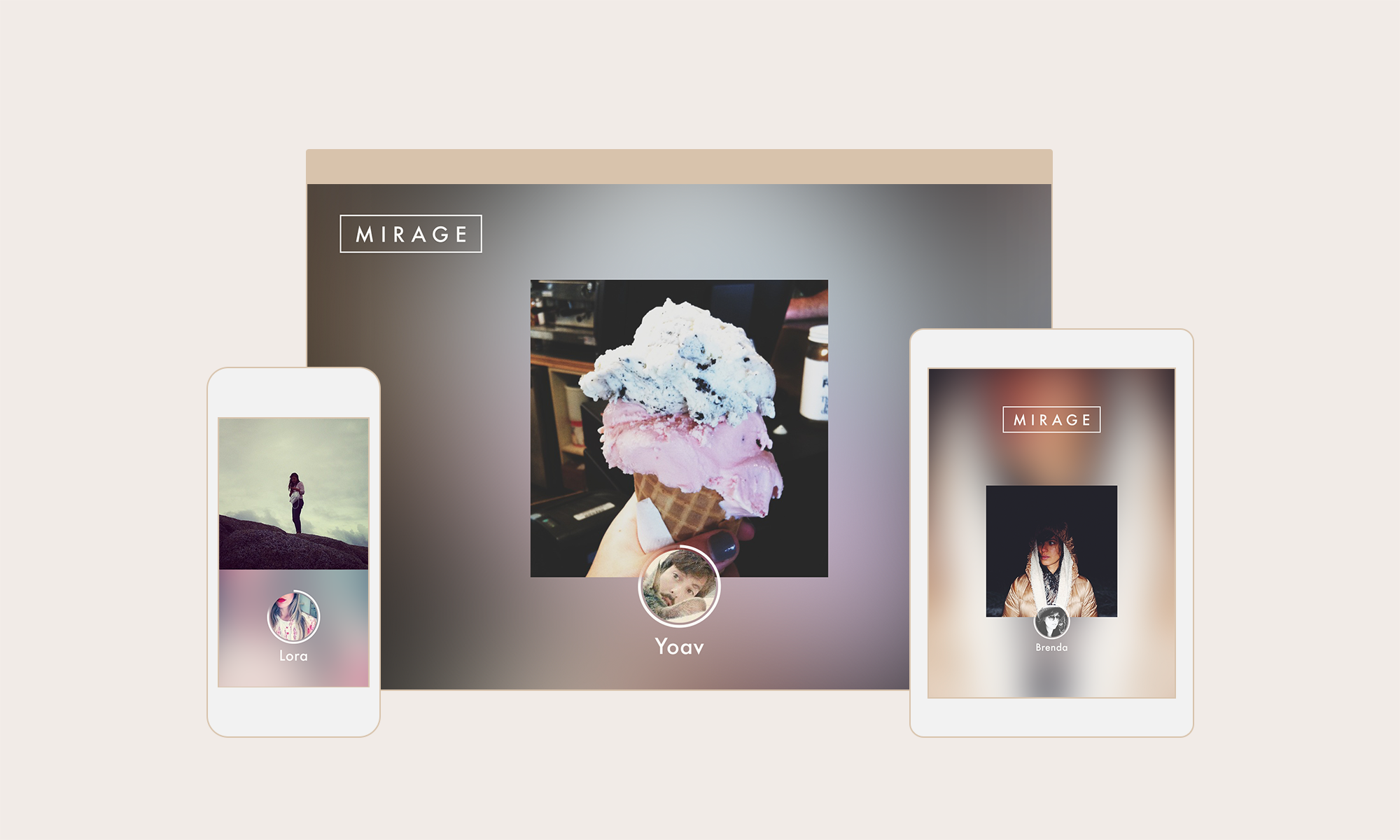
Demo video —
App tutorial — to make the UI as minimal as possible, we relied upon a lot of gestures. Users could tap once on the screen to change the camera's orientation and twice to add text. They could swipe right to left to add a filter.

If they kept swiping, they’d come across a blank white filter that gets rid of the camera and allows the user to send a 15-second audio message or a short text message without an image.
